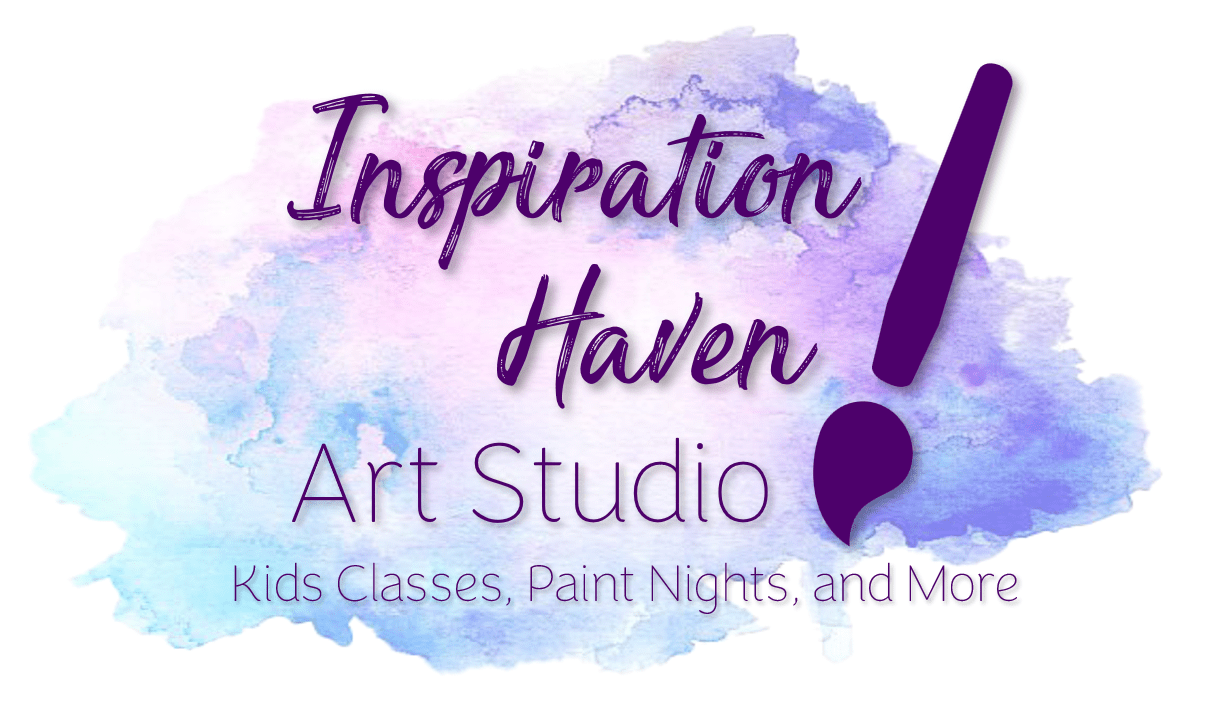A Guide to 6 Different Types of Paint Brushes
As an artist, choosing the right brush is crucial for bringing your creative vision to life. With numerous brush types available, each with unique characteristics, it’s important to understand their purposes and how they can enhance your artistic expression. In this blog, we will explore various types of brushes commonly used by artists and their respective applications.
1. Round Brushes:
Round brushes are the most versatile and widely used among artists. They have a pointed tip and a round ferrule, which holds the bristles in place. These brushes are excellent for sketching, outlining, and creating intricate details. Depending on their size, they can produce both thin lines and broad strokes, making them suitable for various techniques such as layering and glazing.
2. Flat Brushes:
Flat brushes have a square-shaped ferrule and bristles that are flat and straight. They come in different widths and are ideal for covering large areas and creating broad, even strokes. Flat brushes are commonly used for blocking in backgrounds, applying washes, and blending colors. They can also be used for precise edge work when turned on their side.
3. Filbert Brushes:
Filbert brushes have an oval-shaped ferrule and flat, rounded bristles. They combine the advantages of both flat and round brushes, making them versatile tools for various painting styles. Filbert brushes are excellent for blending, creating soft edges, and achieving smooth, flowing strokes. They are particularly useful for capturing the curves and contours of organic subjects such as flowers and figures.
4. Fan Brushes:
Fan brushes have bristles that spread out in the shape of a fan. These brushes are commonly used for creating textures, blending, and applying delicate highlights. Fan brushes excel in depicting natural elements like foliage, grass, and clouds. They can also be used to add subtle details to portraits and create wispy effects.
5. Rigger Brushes:
Rigger brushes, also known as liner brushes, have long, thin bristles that come to a fine point. They are designed for creating long, continuous lines with a consistent width. Rigger brushes are commonly used for fine details, such as rendering hair, tree branches, or calligraphy. These brushes hold a generous amount of paint, allowing for continuous, uninterrupted strokes.
6. Mop Brushes:
Mop brushes have a large, rounded shape and soft, fluffy bristles. They are designed to hold a significant amount of water or paint, making them ideal for creating washes, blending, and glazing techniques. Mop brushes can also be used for dry brushing, creating a soft and feathery effect. They are particularly useful in watercolor and acrylic painting.

